The Necessity of a "Fixed Price" Era
![]() 04/23 2025
04/23 2025
![]() 606
606
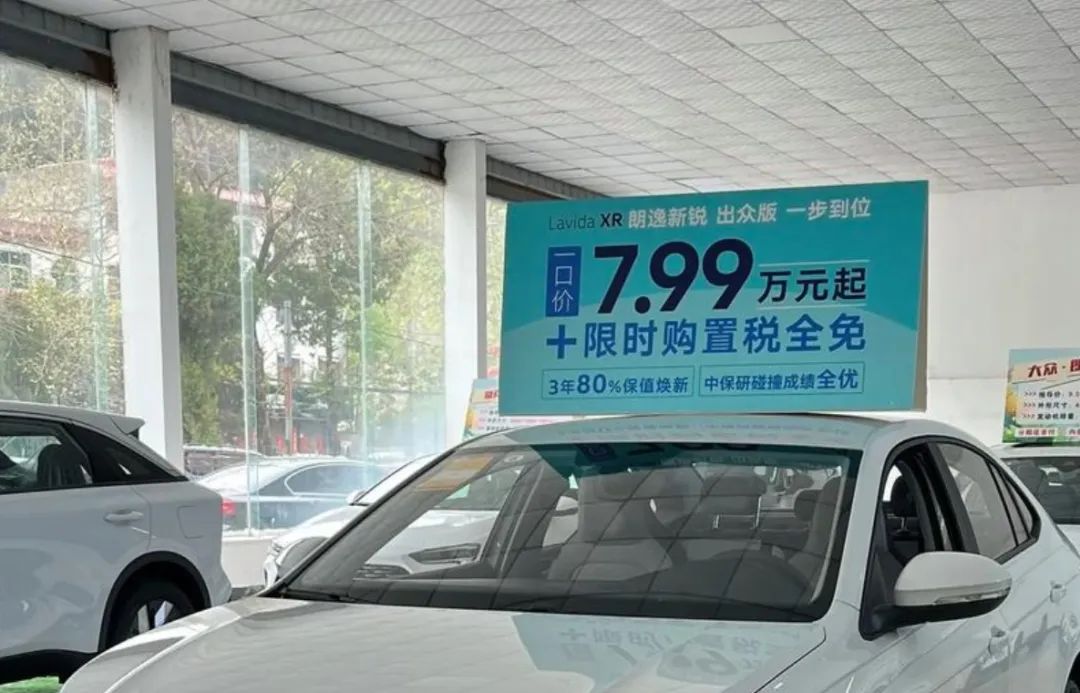
Introduction
In the automotive realm, the "fixed price" model stands as both the terminator and terminal station of price wars.
"Currently, price adjustments have shrunk from monthly to weekly, even to real-time, driven by competitor dynamics."
"Previously, a 2% price reduction spurred a 15% sales hike, but now a 5% cut is needed to maintain sales."
Amidst stock competitions, automakers resort to price as the most direct market lever to vie for limited growth opportunities. Tesla's early 2024 price reduction on Model 3/Y ignited a chain reaction, transitioning domestic brands from followers to proactive leaders. This price war transcends traditional cycles, evolving into a normalized competitive strategy.
More concerning, consumer price sensitivity is escalating nonlinearly. A survey reveals that in 2024, 62% of consumers prioritize price when purchasing a car, a 27-percentage-point surge from 2020. This expectations management fuels a vicious cycle: the more prices drop, the longer consumers delay purchases; the longer they wait, the greater the inventory pressure on automakers, compelling further price reductions.
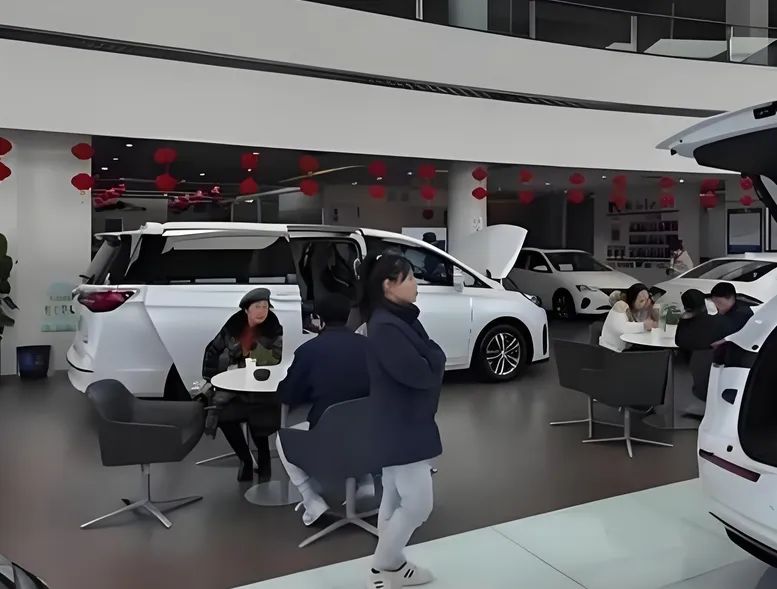
Newcomers in the market pride themselves on direct sales models aiming to establish price anchors, yet they confront real-world challenges. Lixiang L9 adhered to its guidance price initially but saw terminal discounts rise as competitors like AITO M9 and Xpeng G9 entered the fray. NIO's "battery swap rights adjustment" is essentially a disguised price cut, highlighting that the direct sales model alone cannot survive intense competition.
When joint venture brands collectively adopt the fixed price model, it signifies a paradigm shift in automotive pricing. The once-potent price war tool is being shelved by market veterans, replaced by modern efficiency competition rules. The fixed price model's ultimate value lies in its dual role as both the terminator and terminal station of price wars.
This strategic shift is an inevitable response to market pressure, squeezed between independent brands and newcomers. In 2020, joint venture brands held over 60% market share, but by 2024, this dropped to less than 35%. Rather than self-destruct in a price war, they choose to adapt to the new consumer era.
As the fixed price concept becomes industry norm, it exposes the fallacy of price wars, marking the automobile market's evolution from "price competition" to "efficiency competition." When consumers can see through price fogs in real-time, automakers truly compete based on technological depth, industrial chain integration breadth, and user operation precision.
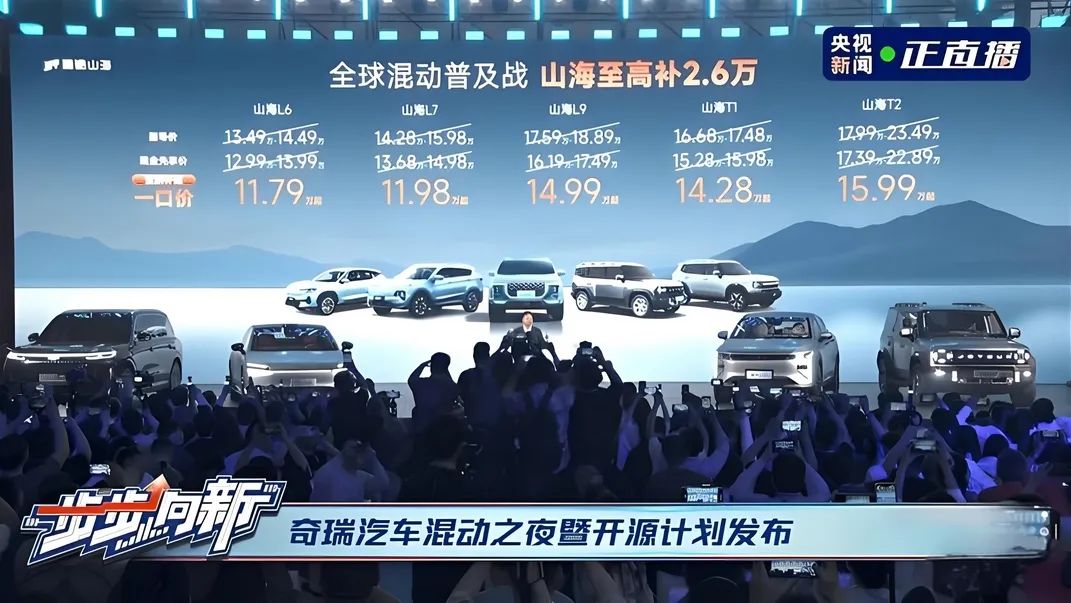
In the future, pricing power will belong to automakers that transparently showcase cost structures and continuously generate technological dividends. Just as the smartphone industry transitioned from price wars to innovation wars, the automotive industry is embarking on a new chapter of efficiency revolution, catalyzed by the fixed price model.
01 Inevitability of Vicious Competition
In China's 2025 automotive market, the price war persists, spreading in complex forms. What began in 2023 as a promotional strategy to cope with short-term market pressure has evolved into a deep market reshuffle.
Multiple factors drive this price war. The supply-demand imbalance is crucial, with immense inventory pressure forcing automakers to clear stock through price reductions. The 2024 subsidy policy overdrew demand, with policy-induced sales growth actually being advance consumption, weakening 2025 market demand.
Price reductions by leaders like Tesla and BYD ostensibly target market share but essentially aim to spread fixed costs through higher sales. However, this compresses SMEs' survival space, plunging the entire industry into a vicious "trading price for volume" cycle.

Today's price war extends beyond pure price competition, evolving into a battlefield of technological upgrading and business model innovation. BYD introduced its high-end intelligent driving system "Tian Shen Zhi Yan" to models priced at just 70,000 yuan, enhancing product competitiveness and redefining cost-effectiveness standards.
Huawei, Xpeng, and others accelerate urban NOA popularization, offering consumers technology-driven convenience and safety. Simultaneously, profit models undergo fundamental transformation. Under this trend, second- and third-tier brands lacking R&D capabilities accelerate their exit. Geyue and Hozon's 2024 withdrawal reflects market reshuffling.
Importantly, consumers are gaining a rational understanding of price wars. A survey shows that 67% of car buyers believe frequent price reductions damage brand value, with luxury car market churn rates surging 23%. This perception shifts automakers from "price-oriented" to "value-oriented."
Market education shows that simple price reductions no longer suffice to stimulate consumption. After adopting fixed prices, joint venture brands saw intended churn rates drop by 45%, with incremental and replacement purchases rising by 28%. This trust system reconstruction dismantles the price war's mass base, as consumers no longer view negotiation as essential in car purchases.
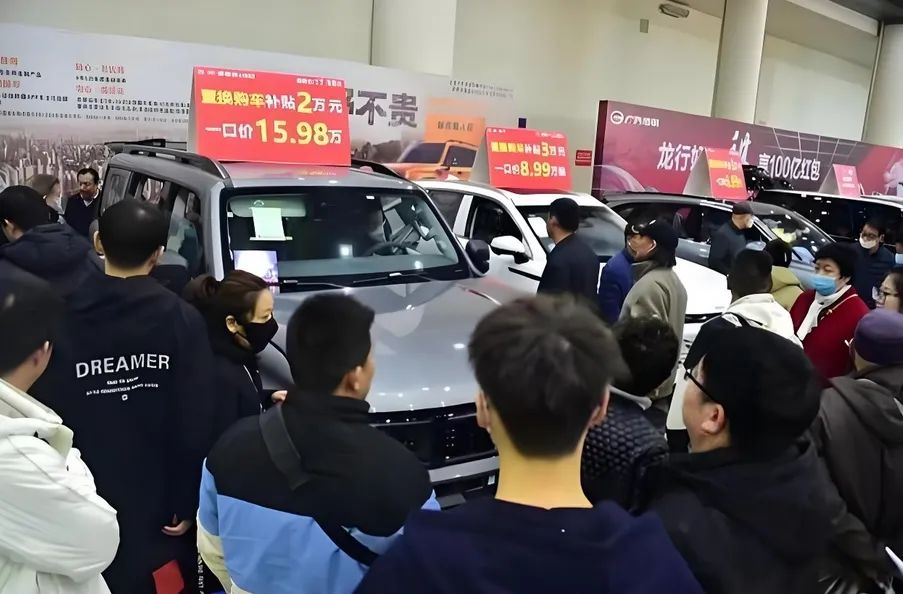
China's 2025 automotive market stands at a critical juncture. While the price war persists, it brings not only turmoil but profound industry changes. Automakers must actively adjust strategies, increase R&D investment, enhance product competitiveness, and shift from price to value competition.
They must establish precise cost pricing models, such as reducing battery costs from 45% to 38% through vertical integration, controlling intelligent driving solution costs at 70% of the industry average through "full self-development," and lowering manufacturing costs by 18% via the "super factory" model.
Conversely, technological upgrading supports the fixed price model. When technological innovation becomes its continuous driving force, the price war loses footing. Future automotive competition will focus on technological depth and industrial chain integration breadth. Automakers continuously generating technological dividends will hold true pricing power in the transparent pricing era.
02 "Fixed Price" Brings Transparency
Amidst the price war smoke, the rise of the "fixed price" model signifies a fundamental shift in automotive pricing logic. Led by joint venture brands, this transparency movement not only ends traditional dealers' bargaining hegemony but also reveals the industry's inevitable transformation from "channel competition" to "service competition."
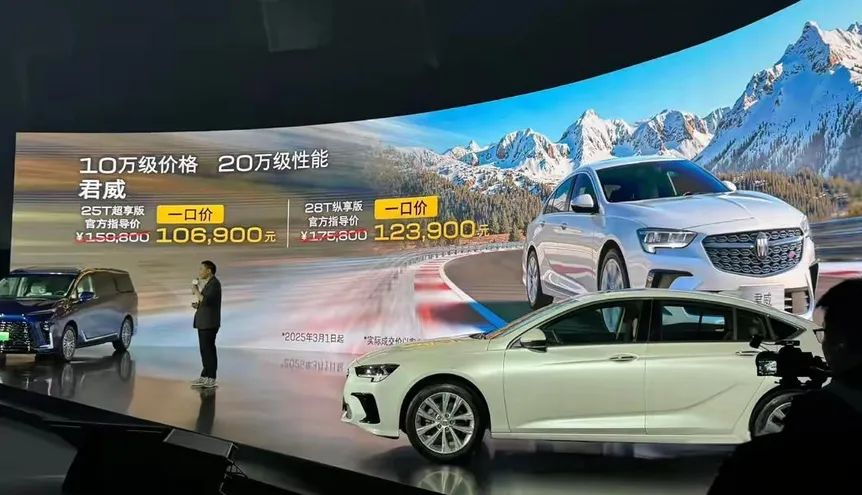
Reflecting on the traditional automotive sales system's chronic issues, the long-standing "inflated guidance price – chaotic terminal pricing – trust collapse" cycle turns the dealer system into a "price maze." Consumers face tens of thousands of yuan in negotiation spaces and hidden fees, while dealers grapple with the "trading price for volume" dilemma.
SAIC Volkswagen Tharu New Pioneer broke the deadlock with a groundbreaking true fixed price of 79,900 yuan and a lifetime powertrain warranty, securing over 20,000 first-month orders, resonating with price transparency demand. This transformation sparked a chain reaction: Buick Envision Plus launched a direct sales version at 169,900 yuan, and Guangqi Toyota Fenglanda officially reduced prices by 44,000 yuan.
Joint venture brands' collective shift outlines a clear path to industry consensus on transparency.
Reconstructing pricing logic transcends pricing strategies. As dealers escape price competition shackles, deep service value excavation becomes the new battleground: FAW-Volkswagen's dealer profit structure shifts towards after-sales services; Guangqi Toyota's complaint rate plummets, significantly restoring brand trust.
A deeper change lies in user sovereignty consciousness awakening. Young consumers refuse to pay for "information gaps," demanding certainty in car purchases and standardized service experiences. A survey shows that post-90s generation satisfaction with "no need for price negotiation" is 89%, far exceeding traditional methods.
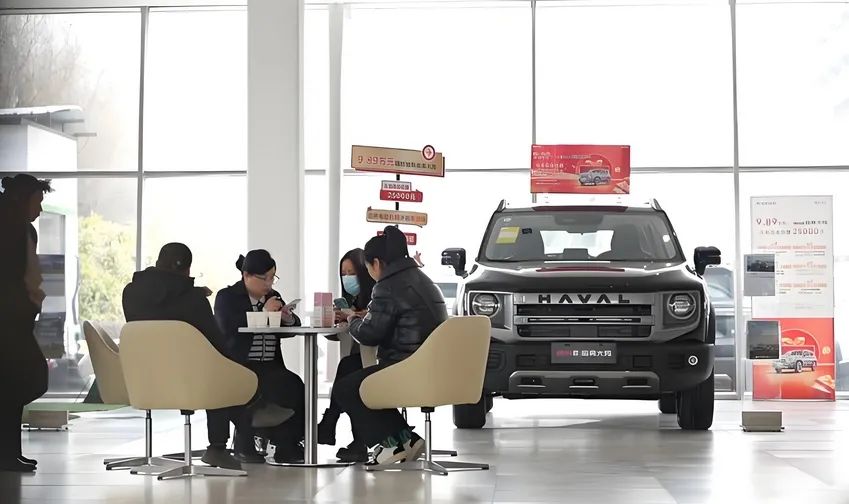
While transparency is irreversible, some enterprises' "pseudo-fixed price" strategies expose new issues. One brand introduced a "special edition" with reduced configuration, while another required financial loan bundling to enjoy the nominal price. These practices exacerbate consumer doubts. Without a technological moat, transparent pricing may revert to a new price war tool.
China's 2025 auto market undergoes a harrowing leap from a "price meat grinder" to a "value reactor." The price war's continuation accelerates industry elimination, squeezing inefficient capacity, forcing technological innovation, and concentrating resources in leading enterprises.
Everyone needs a fixed price, driving the automotive market from "commodity transactions" to "service operations." This transformation's deeper meaning lies in stripping the traditional automotive industry's last veil, allowing consumers to pay for real value, enabling automakers to compete on efficiency improvements, and returning the industry to its essential business logic.
This dual transformation's ultimate goal is establishing a new user value-centric order. When automakers no longer rely on price differential competition but build competitiveness through technological innovation, scenario definition, and user asset operations, China's automotive industry can truly leap from being a "scale leader" to a "rulemaker."
Editor-in-Chief: Cao Jiadong, Editor: He Zengrong








